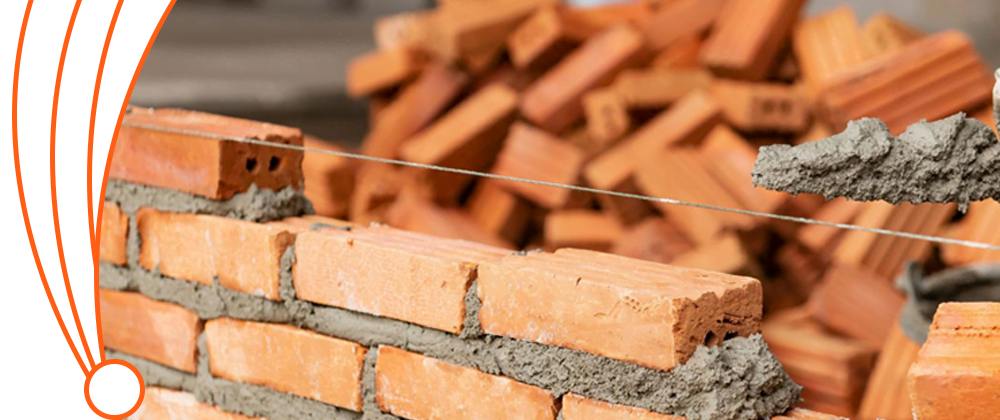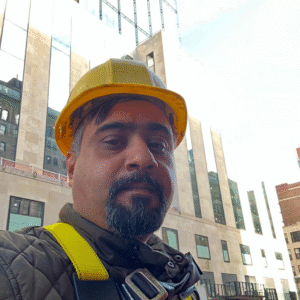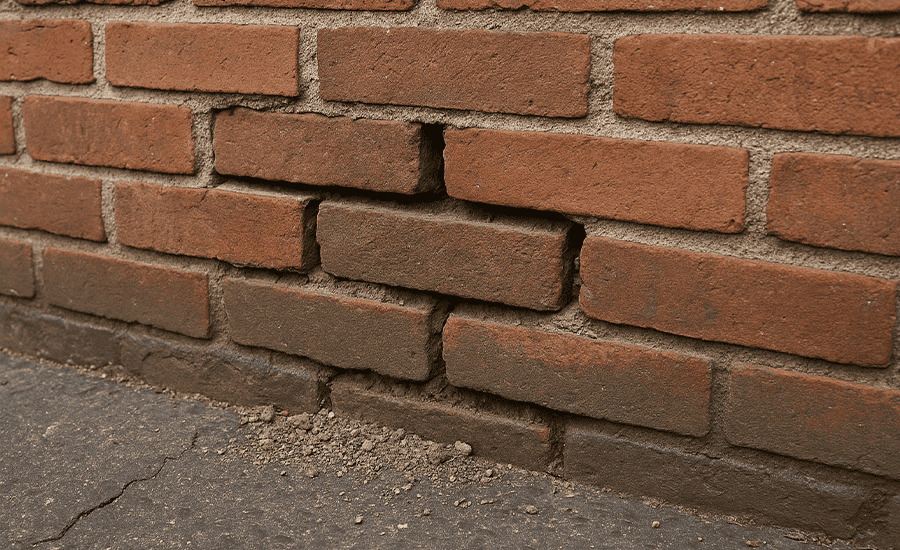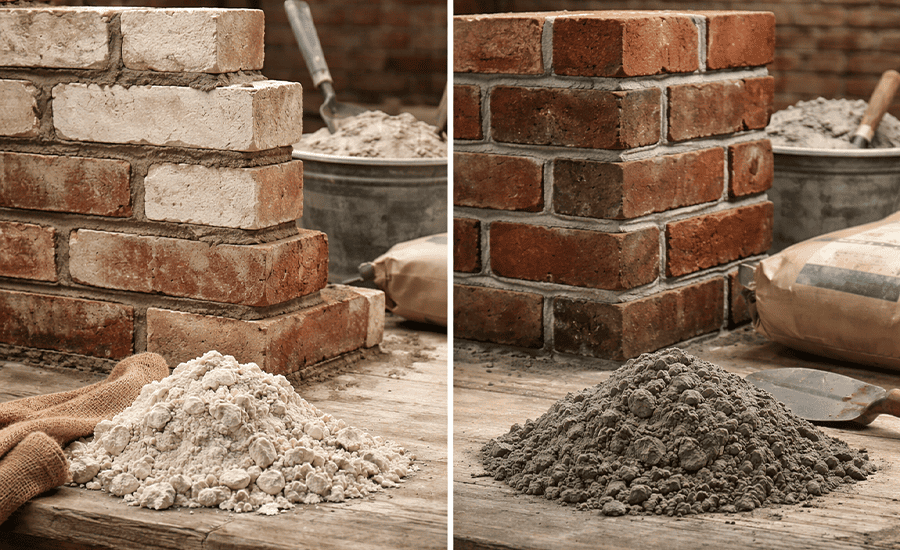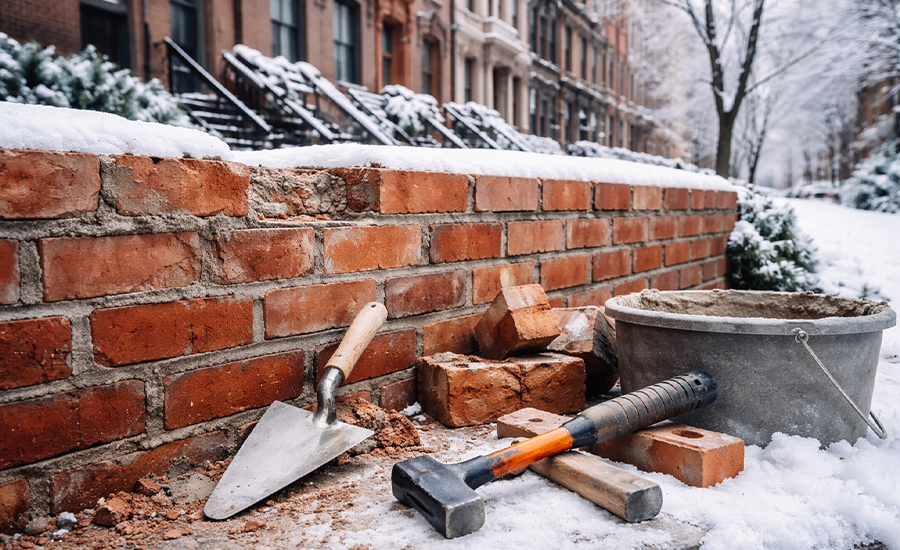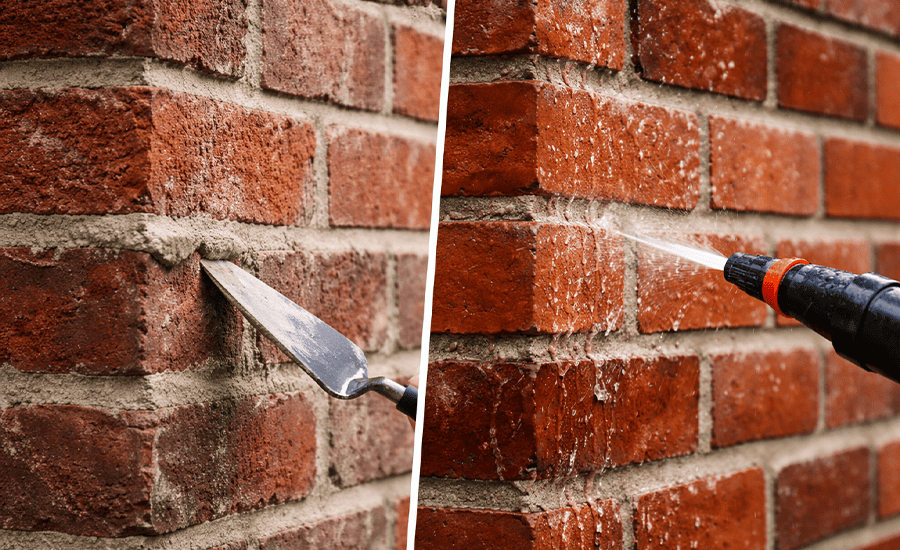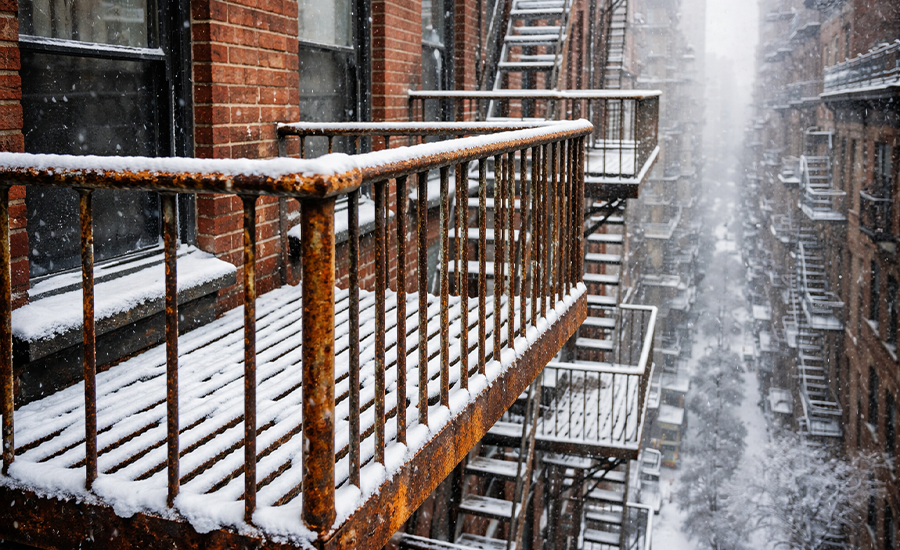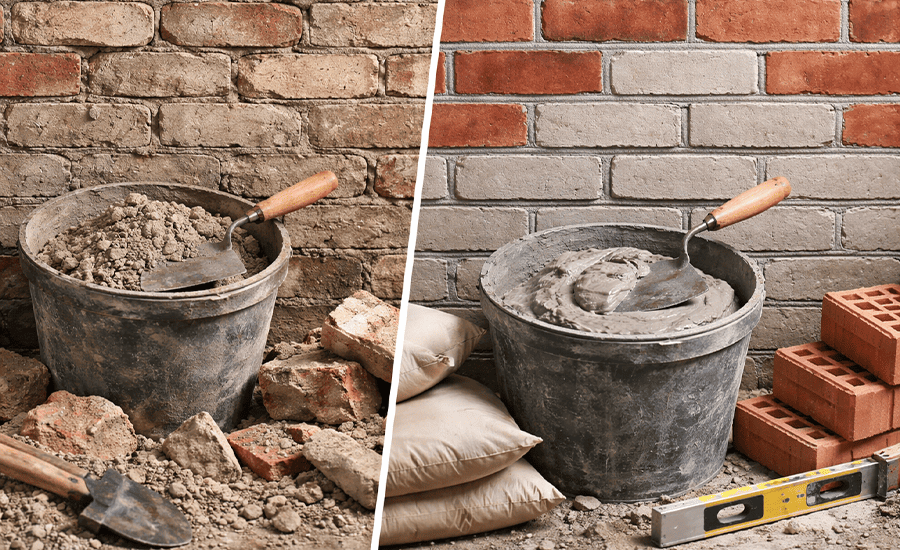In residential and commercial properties, recessed pointing is the ideal masonry need to give your architecture a neat, clean, and stylish finish. Make sure to perform repointing excellently before recessed pointing, structural stability, and framework durability. However, if the recessed pointing is done incorrectly with inappropriate mortar mixes and tools, then it could lead to major and significant risks, which result in structural and aesthetic problems. Improper recessed pointing asks for frequent masonry repairs, which makes you pay hefty repair bills.
In this blog, let’s break down the significant risks, common mistakes, and their lasting effect on the masonry.
Major Risks of Improper Recessed Pointing
The following are the major risks of performing improper recessed pointing with the wrong mortar composition and inappropriate tools.
Heightened Moisture Ingress
- Factor: Recess too deep, allowing rainwater to linger on brick faces.
- Aftermath: Moisture enters the brick and wall cavity.
- Fallout:
- Internal damp patches
- Mould growth
- Damage to interior finishes
Moisture trapped inside walls leads to damp patches and mold. To understand how pointing prevents energy loss and dampness, see how does brick pointing enhance wall insulation?
Fast-tracked Brick Decay
- Factor: Exposure of soft brick faces to harsh weather.
- Aftermath: Frost damage and spalling.
- Fallout:
- Weak bricks
- Loss of original texture
- Need for brick replacement
Soft bricks exposed to frost can quickly weaken. You may also explore how long should brick pointing last? to know when timely repairs are needed.
Impaired Mortar Durability
- Factor: Poor mortar compaction or incorrect mix.
- Aftermath: Mortar crumbles faster, creating gaps.
- Fallout:
- Pests and dirt entering joints
- Reduced wall strength
- Higher repair frequency
Weak mortar reduces the lifespan of joints. Learn more about mortar importance in what is the difference between mortar and pointing?
Deficient Temperature & Moisture Balance
- Factor: Insufficient mortar coverage and improper bonding.
- Aftermath: Reduced insulation and increased dampness.
- Fallout:
- Higher energy bills
- Reduced indoor comfort
Undermined Building Stability
- Factor: Weak bonding between bricks due to shallow or weak joints.
- Aftermath: Bricks shift or crack.
- Fallout:
- Structural cracks
- Potential partial wall collapse
Loose or cracked bricks can threaten structure safety. For deeper insights, visit is brick repointing structural?
Detrimental Visual Impact
- Factor: Uneven recess depth or colour mismatch.
- Aftermath: Messy, unprofessional look.
- Fallout:
- Reduced property appeal
- Lower resale value
Common Mistakes In Recessed Pointing
Even skilled masons can make errors if the process isn’t handled carefully. Here are some of the most common mistakes in recessed pointing:
- Using the wrong mortar mix
- Creating inconsistent depth across the wall
- Not removing old mortar fully before repointing
- Applying in bad weather conditions
- Lacking proper compaction during application
It’s also important to know that recessed pointing is not always suitable for every surface. For more clarity, see is recessed pointing suitable for all types of bricks?
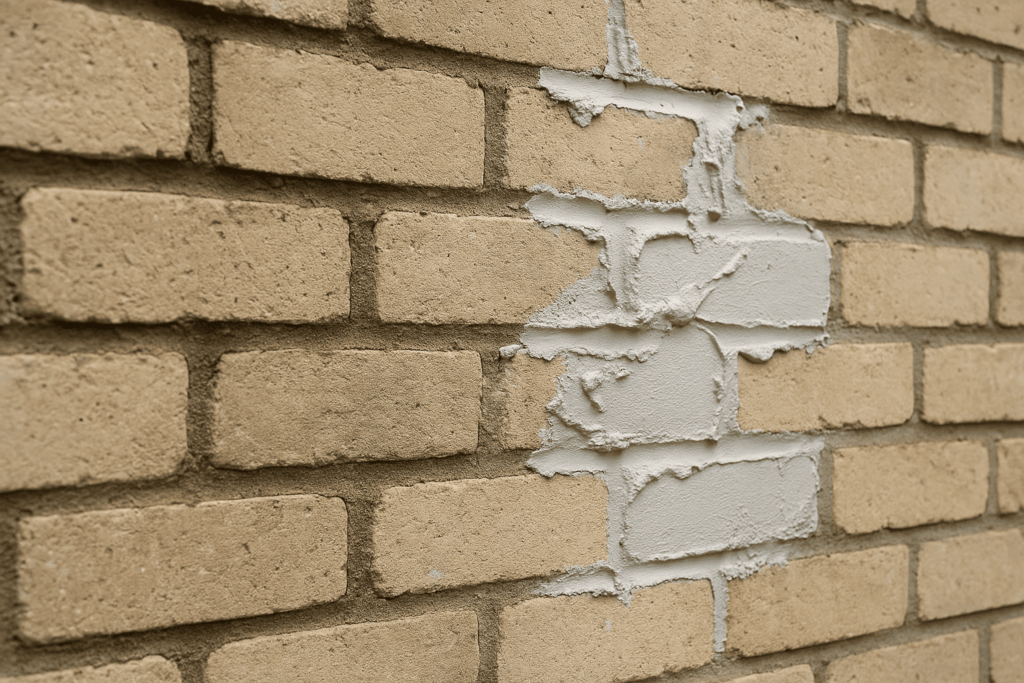
Lasting Repercussions of Improper Recessed Pointing:
Let’s have a look at some of the lasting drawbacks of improper recessed pointing, which can badly affect your masonry.
| Types | Instances |
|---|---|
| Architectural | Leads to cracks and spalling in bricks |
| Water-induced | Leads to musty smell, damp patches, and microbial growth |
| Price-based | Leads to frequent repairs and a drop in property resale value |
| Vitality | Leads to respiratory issues due to pest infestation and mold growth. |
Final Thoughts
To sum up this blog, improper recessed pointing can lead to serious risks that can badly damage your masonry. It’s important to use the correct mortar types and maintain them accordingly in order to protect your brickwork from deterioration and increase its lifespan. These risks can reduce the energy efficiency and the potential value of your property.
Sardar Restoration Corp. proudly serves every corner of NYC, including the Bronx, Manhattan, Brooklyn, Westchester, and Queens. Our services are designed to meet your needs, providing top-quality solutions wherever you are. Check our service areas to see how we can assist you in your location.
Contact us today at (+1) 917-355-8556 or sardarrestoration@gmail.com, or visit us at 2770 Fish Ave, Bronx, NY 10469, United States.
FAQs
Do you match the mortar colour and texture when fixing poor pointing work?
Sardar Restoration Corp. ensures that the mortar joints are repaired with a blend that seamlessly matches your existing brickwork, so there’s no visible difference between the old and new mortar.
Do you check the depth of recessed joints before starting repairs?
Yes! Sardar Restoration Corp. expertly measures and assesses the recess depth to determine whether it’s within the safe 2–5mm range.
Do you use the right mortar mix for older or heritage properties?
Yes! Sardar Restoration Corp. uses the lime-based mortar for older and heritage properties as it is breathable and flexible, ensuring structural stability.
Do you offer inspections to prevent future problems?
Yes! Sardar Restoration Corp. offers free inspections of your brickwork every couple of years to identify early signs of mortar deterioration, moisture penetration, or structural concerns and prevent your property from costly repairs.
